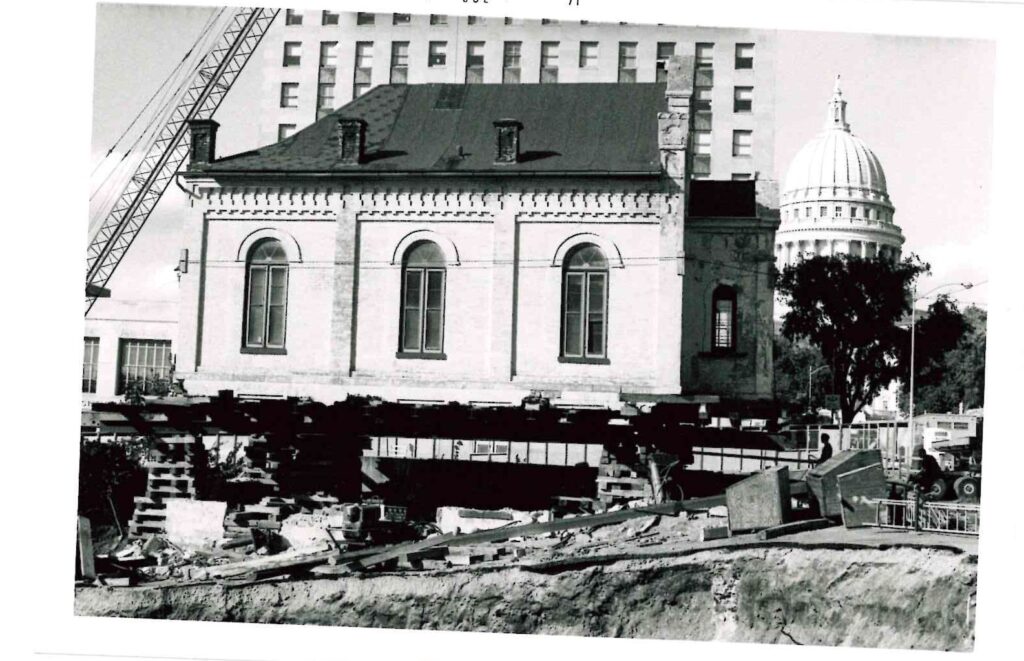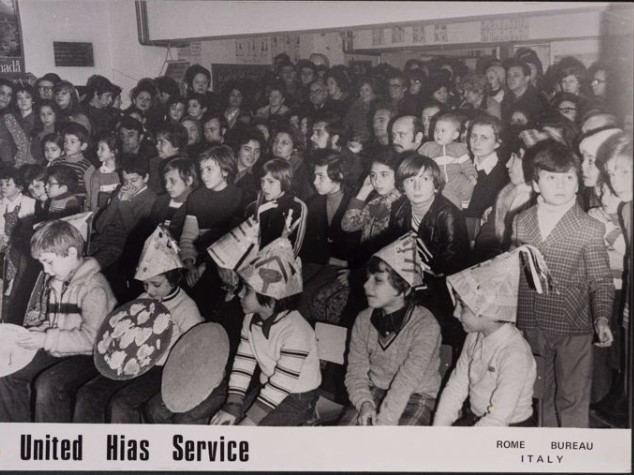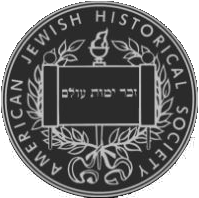When hundreds of spectators gathered along a route from West Washington Avenue to James Madison Park in Madison, Wisconsin on July 16, 1971, they witnessed an extraordinary parade: the slow and careful relocation of Gates of Heaven, the state’s oldest synagogue and one of the oldest still-standing synagogues in the United States.

Founded in 1863 as Shaare Shamayim (“Gates of Heaven” in Hebrew) by German Jewish immigrants—the building was also constructed by a German immigrant, August Kutzboch, who also built Madison’s first city hall, its second state capitol building, and the homes of many prominent politicians, including Wisconsin’s second governor, Leonard J. Farwell—the building served many communal and civic purposes for more than a century.
After functioning as a synagogue for approximately 16 years, Gates of Heaven was used by different congregations, including the First Unitarian Society, where Frank Lloyd Wright’s father William served as secretary; hosted the Women’s Christian Temperance Union; repurposed by the federal government as a records storage warehouse during World War II; and served as campaign headquarters for a local politician.
In 1970, the owners of the property, the Fiore Coal and Oil Company, decided to level the building to build commercial office space. In response, a cohort of community members, led by Dr. and Mrs. Norton Stoler, started rallying to save Gates of Heaven. They formed a nonprofit, the Gates of Heaven Preservation Fund, to preserve the synagogue. The Gates of Heaven Preservation Fund petitioned city agencies, collaborated with the Wisconsin Historical Society, organized fundraising campaigns, and engaged press coverage to elicit support to preserve and relocate the synagogue.
In December 1970, Gates of Heaven was nominated to the National Register of Historic Places. In subsequent months, the City Council agreed to accept responsibility for the structure and to identify a new location for it. James Madison Park was selected as the new location as the city planned to develop the surrounding area into a historic district.
The city of Madison applied for and received matching funds from the Department of Housing and Urban Development (HUD) for the move and restoration; the local nonprofit matched the amount with funds raised from local bake sales, youth hikes, and pledges.
In preparation for the move on July 16, 1971, different municipal departments, from the engineering department raising overhead wires along the route to the traffic bureau arranging a police escort, mobilized to support the historic preservation effort.
The move, which saw Gates of Heaven placed on 96 aircraft wheels, covered a little over a mile. It took more than 7 hours.

This episode marked the first time that a historic building in Madison had been moved.

In its new location, Gates of Heaven continued to serve the community, including as a voting location and a public meeting hall. As recently as May 2021, the City of Madison Engineering Department listed ongoing restoration work, which includes restoring the masonry, windows and doors.
A quote from the synagogue’s nomination form for the National Register of Historic Places reads: “If a building becomes a symbol of significance in a community, no matter what its architectural character, but does reflect the heritage of the community then it does become significant and should be preserved.” Gates of Heaven’s enduring resonance for the local community and its evolving use for over a century testify to the fascinating and meaningful narratives that historic places sustain.








